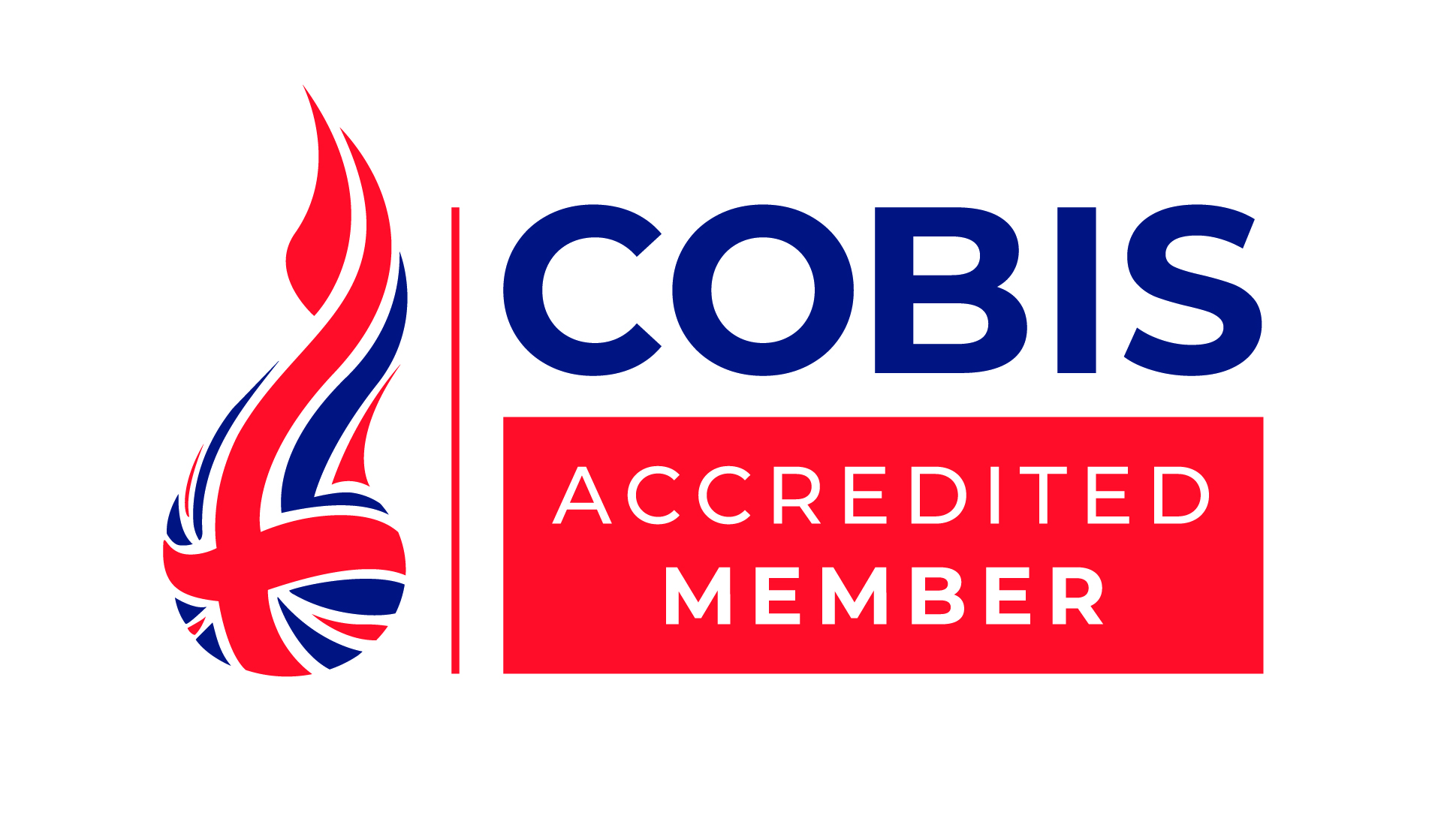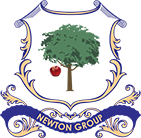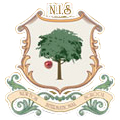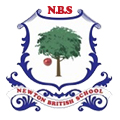Shaun Conrad is a Certified Public Accountant and CPA exam expert with a passion for teaching. After almost a decade of experience in public accounting, he created MyAccountingCourse.com to help people learn accounting & finance, pass the CPA exam, and start their career. Discover the key to effective financial management with our straightforward guide on variance reporting. Product cost is one of the most important concepts in business manageent, standing as a cornerstone for effective decision-making. The choice of which method to use depends on the specific business and what information is most important. If the company sells Widgets for $20 each, then it appears to be making a profit of $2 per Widget.
Although important for accounting and investors, these numbers are also crucial for the producer itself. Understanding how much you pay for stuff is the first step to reducing your expenses. Product costing provides businesses with valuable insights into the true cost of their products. Armed with this information, they can set appropriate prices that cover their expenses while remaining competitive in the payroll accounting market. Precise pricing helps businesses avoid underpricing, ensuring they generate adequate revenue to sustain operations and invest in growth.
- These rates are calculated at the start of the accounting period to allocate overhead costs systematically.
- Considering the scope, developer costs, team structure, equipment/software purchases, other costs, and time allows product managers to make informed decisions impacting success.
- These are direct (the first two) and indirect (the last) costs of production.
- Precise pricing helps businesses avoid underpricing, ensuring they generate adequate revenue to sustain operations and invest in growth.
- Product overcosting or undercosting is a big problem for most manufacturing companies.
Factory overheads encompass indirect expenses related to production that cannot be directly traced. This category includes indirect material (e.g., glue, tape), indirect labor (e.g., supervisors, quality assurance teams), and other overheads like electricity and equipment depreciation. amending your return It’s important to include all related costs of manufacturing the product when you calculate product cost. For the chair example, this would include the wood, nails, glue, and labor, among other costs. If these costs exceed the selling price of the chair, then your business is undoubtedly making a loss and needs to re-evaluate the product costing system immediately. Whether it’s a one-off product or a SaaS subscription, understanding product cost is crucial for any business to succeed.
Is Inventory a Current Asset? Understanding Classification and Implications of Inventory
This can be done through process analysis and improvement, better scheduling, and other methods. Keep the lights on refers to everything that comes between your product and your customers receiving its promised value. A feasibility study helps you evaluate if your idea is worth it — learn how to do it right. Before you even begin developing a product, you need a clear plan for what you’re building. Without a project plan or product roadmap, it’s hard to make sure all stakeholders and teams are on the same page.
What is included in Product Cost?
They are essentially categorized as inventory on the balance sheet and can be tracked in the inventory account (which is often referred to as a current asset). With this information, you can make informed decisions about pricing strategies, potential profitability, and areas to optimize costs during the development process. Calculating product costs can be a difficult task, especially when it comes to determining the development costs of SaaS. Product cost plays a crucial role in determining the pricing strategy and overall profitability of a product or service. Here’s a hypothetical example to show how this works using the price of oil. If production costs varied between $20 and $50 per barrel, then a cash-negative situation would occur for producers with steep production costs.
Step #4 – Overall product cost budget
Each article on AccountingProfessor.org is hand-edited for several dimensions by Benjamin Wann. My site utilizes a unique process that leverages AI and human subject matter expertise to create the best content possible.
- Or found yourself staring at your phone screen in utter bewilderment, wondering where all your money went?
- Accurate product costing enables businesses to have better control over costs, identify cost-saving opportunities, and improve overall profitability.
- Overall, the average tariff rate for goods entering the United States increased to 24 percent from 2 percent.
- Direct product costs are the costs that can be traced directly to the production of a specific product, such as raw materials, direct labor, and direct overhead.
- Understanding the costs of a product or service allows companies to make informed decisions about pricing, production, and more.
- With careful planning and analysis, businesses can effectively manage product and production costs to maximize profitability.
Production costs start my own business fort worth are expenses, such as raw materials, labor, and overhead costs. Product costs include all direct materials, direct labor, and manufacturing overhead used to produce a particular item. The fixed expenses are constant regardless of quantity and the variable charges are variable. There’s a close link between product cost and manufacturing cost because of the direct impact of manufacturing overhead costs because of product expense. Production costs refer to all of the direct and indirect costs businesses face from manufacturing a product or providing a service. Production costs can include a variety of expenses, such as labor, raw materials, consumable manufacturing supplies, and general overhead.
Direct labor
There is no right or wrong answer, but businesses must know the risks of either pricing strategy. There are a few reasons why business owners might undercost their products or services. Sometimes, they may be trying to attract customers by offering lower prices.
Sum up the Labor Costs:
For example, an in-house employee will expect benefits like paid time off, workspaces, and equipment. Adam Hayes, Ph.D., CFA, is a financial writer with 15+ years Wall Street experience as a derivatives trader. Besides his extensive derivative trading expertise, Adam is an expert in economics and behavioral finance.
Activity-Based Costing
Accurate records are vital for understanding how much it costs to produce a product or service and maximizing profits. By staying on top of their financials, businesses can ensure that their product costs are accurate and allow them to make informed decisions. Effective cost management involves closely monitoring and controlling labor, materials, and overhead expenses. By accurately calculating and tracking these costs, you can identify areas for improvement, optimize pricing strategies, minimize waste, and make informed decisions to maximize profitability. Yes, product costs will affect product prices as compared to other products in the market. The prices of products are usually based on the costs of the item, and market demand, competition, and other factors are also important to determine the prices.
All of these costs are capitalized and reported on the balance sheet as either a raw material, work in process inventory, or finished good. So, allocating any portion of that cost to each product produced would be inaccurate. However, other indirect costs are more closely related to specific products or services.
Examining sellers in your niche is a straightforward approach to ensure your pricing is fair to you (and other artists). Find 3-5 people selling similar things to yours and determine the average price. The selling price is now higher compared to costs per unit, resulting in profits. If the sale price is the same as the cost per unit, it is a break-even position, meaning there is no profit or loss. Divide the cost as stated above by the number of units produced to arrive at a per-unit cost.























